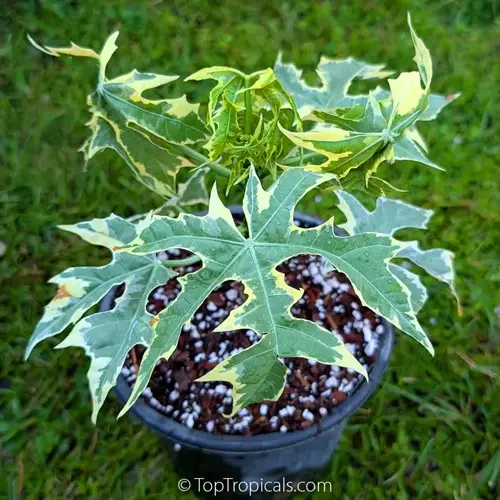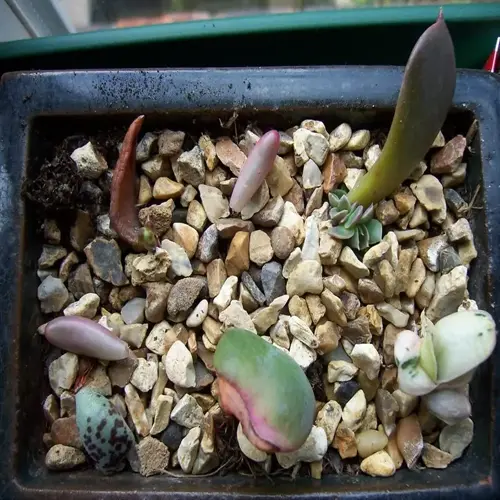What sunlight do upside-down tomatoes need?

Written by
Julia Anderson
Reviewed by
Prof. Charles Hartman, Ph.D.The sunlight requirements of upside-down tomatoes are somewhat different than traditional growing experiences. These hanging plants require careful placement to ensure they receive adequate light exposure throughout the day. There will need to be a quality of direct sunlight, along with heat stress. Correct placement equates to healthy growing and, in turn, fruit production.
Minimum Daily Exposure
- Six hours of direct sunlight maintains basic plant functions
- Less than six hours causes weak growth and poor fruiting
- Supplement with reflective surfaces in low-light locations
Optimal Light Conditions
- Eight or more hours daily boosts fruit production significantly
- Morning sunlight dries dew quickly reducing fungal diseases
- Afternoon shade prevents heat stress above 85°F (29°C)
Seasonal Adjustments
- Rotate buckets as sun angle changes through growing season
- Summer requires more shade protection than spring or fall
- Use movable hooks to follow sunlight patterns
When utilizing buckets, orient them facing south for optimal sunlight in winter. Similarly, I also rotate planters seasonally according to the sun's path, ensuring more light in winter and less in summer as daylight hours shorten or lengthen throughout the growing period. This small change resulted in double the harvest during the last growing season.
Use reflective surfaces to multiply available light in shaded urban gardens. White-painted walls or aluminum boards are great for reflecting sunlight. My Brooklyn balcony tomatoes were 30% better lit using this approach! You will make up for the lack of direct exposure in confined areas.
It's important to monitor temperatures even more carefully during a summer heatwave. Use temporary shade when your thermometer reads 90°F (32°C) or higher. I use 30% shade cloth on hot afternoons. With good protection, your plants will avoid blossom drop and sunscald.
Monitor how plants respond daily to their exposure to sunlight. Leaf curling indicates too much light, and elongated stems indicate too little. I will rearrange placement every week, responding to the visual feedback. Your careful observation and handling of plants will help keep them healthy as conditions vary.
Read the full article: How to Grow Tomatoes Upside Down Successfully

